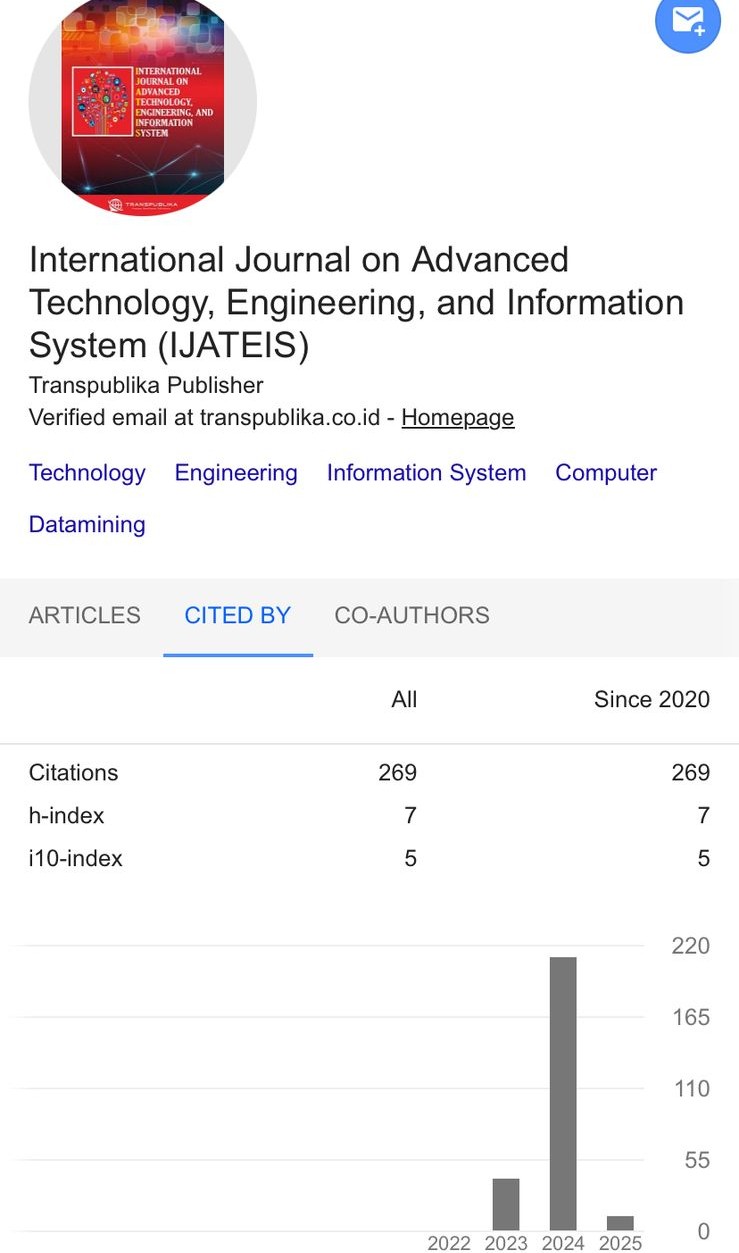Alternative Design of Abutment Damage Management for Glendeng Bridge Tuban Regency
Main Article Content
Alfanditya Ghazanfar*
Moh. Muntaha
Machsus Machsus
This study aims to reconstruct the damage to the bridge abutment that occurred in 2020. The bridge abutment was modeled based on its actual conditions, followed by simulations under various scenarios. The research methods included collecting secondary and primary data, as well as computational modeling. Secondary data collected consisted of bridge design drawings, soil data, and river water level data for specific time periods. The next step was to model the bridge structure using Plaxis software. The analysis results indicate that the collapse of the bridge abutment in 2020 was likely caused by floodwater infiltration into the soil, followed by a rapid decrease in floodwater levels. Slope stability analysis using PLAXIS software for the 2020 damage yielded a minimum safety factor (SFmin) of 1.184. After the flood subsided during the operational load stage (LWL), the SFmin indicated "Structural Failure." The failure was attributed to the infiltration process in the soil when the water reached the Low Water Level; flood-saturated soil became unstable as the water receded due to its transition to a saturated state. The 2021 reinforcement resulted in an SFmin of 1.097 during the bridge construction and embankment stages. The embankment load exceeded the capacity of the retaining wall, whose foundation was embedded in soft soil, leading to instability. To address the landslide in the 2021 reinforcement, a Contiguous Pile Wall was utilized, featuring a configuration of bored piles with a diameter of 1 m, a pile length of 30 m, concrete strength (f’c) of 30 MPa, and steel strength (fy) of 400 MPa. A single row of pile caps was included to support the retaining wall along the slip plane, consisting of a row of bored piles embedded as a Contiguous Pile Wall.The analysis results using Plaxis software showed that the safety factor (SF) increased to 1.551, with a total displacement of 0.069 m, which can be categorized as "Safe" according to the Indonesian National Standard (SNI) – 8460 of 2017 on Geotechnical Design.
Abdrabbo, F. M., Gaaver, K. E., Elwakil, A. Z., & Khalifa, S. A. (2024). Towards construction of embankment on soft soil: a comparative study of lightweight materials and deep replacement techniques. Scientific Reports, 14(1), 29628.
Alonso, E. E., & Pinyol, N. M. (2016). Numerical analysis of rapid drawdown: Applications in real cases. Water Science and Engineering, 9(3). https://doi.org/10.1016/j.wse.2016.11.003
Baum, R. L., Savage, W. Z., & Godt, J. W. (2008). TRIGRS — A Fortran Program for Transient Rainfall Infiltration and Grid-Based Regional Slope-Stability Analysis, Version 2.0. U.S. Geological Survey Open-File Report, 2008–1159.
Bowles, J. E. (1996). Foundation Analysis and Design. In Civil Engineering Materials.
Das, B. M., & Sobhan, K. (2012). Principles of Geotechnical Engineering, Eight Edition. In Cengage Learning (Vol. 5, Issue 1).
Departemen Permukiman dan Prasarana Wilayah. (2002). Pt-T-10-2002-B Panduan Geoteknik 4-Desain dan Kontruksi-Timbunan Jalan pada Tanah Lunak. In Bandung: Departemen Permukiman dan Prasarana Wilayah. https://binamarga.pu.go.id/uploads/files/1747/panduan-geoteknik-4-desain-dan-konstruksi.pdf
GEO-SLOPE, I. (2012). Stability modeling with slope/w. GEO-SLOPE International Ltd.
Isleem, H. F., Jagadesh, P., Qaidi, S., Althoey, F., Rahmawati, C., Najm, H. M., & Sabri, M. M. S. (2022). Finite element and theoretical investigations on PVC–CFRP confined concrete columns under axial compression. Frontiers in Materials, 9. https://doi.org/10.3389/fmats.2022.1055397
Lutjito, S. A. (2016). Upaya Pengendalian Gerusan Di Sekitar Abutmen Jembatan. INERSIA Lnformasi Dan Ekspose Hasil Riset Teknik Sipil Dan Arsitektur, 12(1). https://doi.org/10.21831/inersia.v12i1.10354
Mushthofa, M. (2023). Transportation Route Selection Analysis Of The Tuban-Bojonegoro Route Due To The Damage Of The Glendeng Bridge. Journal of Green Science and Technology, 7(2). https://doi.org/10.33603/jgst.v7i2.34
Pagoray, G. L. (2021). Analysis of risk K3 preservation of the reconstruction Gresik – Lamongan – Babat roads in East Java Province. IOP Conference Series: Materials Science and Engineering, 1088(1). https://doi.org/10.1088/1757-899x/1088/1/012092
Plaxis. (2012). Tutorial Manual. A.A. Balkema.
Zaein, A. S., Putra, P. P., & Nurnanto, D. (2023). Evaluasi Stabilitas Contiguous Bored Pile (CBP) Pada Proyek High-Rise Building dan Rancangan Perkuatannya. Jurnal Teknik Sipil Unaya, 9(1), 87–98.












